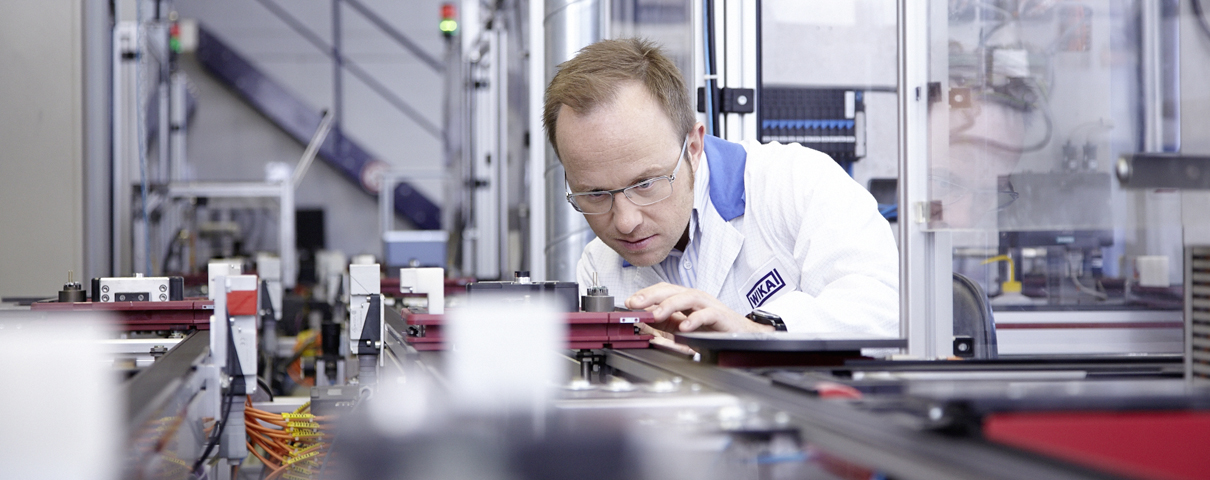Standard pressure gauges and thermometers generally cope with ambient temperatures down to -40 °C. But what must be the features of a mechanical measuring instrument that works perfectly well in polar climates with even lower temperatures? This can be explained using …
Know-how
CANopen: digital instead of analogue signals
Markus Heidl | Know-howUnlike an analogue signal, which as a physical quantity can take on continuous values, a digital signal consists of discrete values. Personally, I always think of long strings of zeros and ones floating through space: 0101 0111 0100 1001 0100 1011 0100 0001 0011 1101 …
SIL-certified: Functional safety with mechanical switches
July Yang | Know-howMechanical pressure and temperature switches perform sensitive tasks in safety-relevant applications, e.g. the safety function and monitoring of limit values. Their functional safety must be guaranteed accordingly. This is always the case if the instruments fulfil …
Sensor integration – notes on mechanics and EMC
Christian Wirl | Know-howWhen integrating pressure sensors and pressure sensor modules, there are a few things to keep in mind when it comes to mechanics and EMC protection: Mechanics Depending on the installation situation and intended use of the sensor module, its design will differ; …
Pt100 in class B or F 0.3 – what does IEC 60751 say?
Roland Sachs | Know-howPerhaps you've already noticed that in some instances a Pt100 is specified with an accuracy class B or A. At other times, it has the class F 0.3 or F 0.15. This blog post looks at the specifications for Pt100 in the international IEC 60751 standard and explains the …






